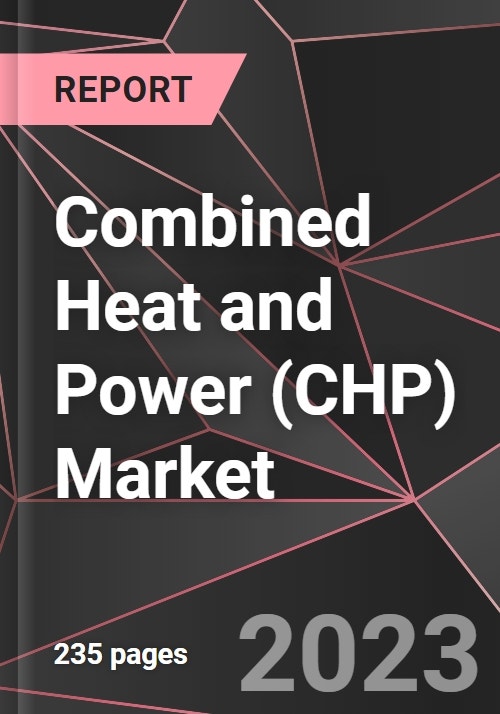Report on the City of Norfolk’s Employment Policies and Alignment with Sustainable Development Goals
Commitment to Productive Employment and Economic Growth (SDG 8)
The City of Norfolk has established a commitment to fostering gainful employment opportunities for all individuals. This initiative directly supports the United Nations Sustainable Development Goal 8, which promotes sustained, inclusive, and sustainable economic growth, full and productive employment, and decent work for all. The organization’s objective is to cultivate an inclusive environment comprised of a qualified and competent workforce dedicated to achieving common goals, thereby contributing to local economic productivity and stability.
Equal Opportunity and Reduced Inequalities (SDG 5, SDG 10, SDG 16)
The City of Norfolk operates as an Equal Opportunity Employer, a policy that aligns with several key Sustainable Development Goals aimed at creating a more equitable and just society.
- SDG 10: Reduced Inequalities: The core of the city’s employment policy is to ensure equal opportunity and eliminate discrimination. By making employment accessible to all persons, the city actively works to reduce inequalities within the community.
- SDG 5: Gender Equality: The policy explicitly prohibits discrimination based on sex, gender, gender identity, transgender status, marital status, and pregnancy, directly contributing to the achievement of gender equality and the empowerment of all women and girls.
- SDG 16: Peace, Justice and Strong Institutions: By implementing a comprehensive non-discrimination policy, the City of Norfolk demonstrates its commitment to building an effective, accountable, and inclusive public institution at the local level.
Scope of Non-Discrimination Policy
In alignment with its commitment to the Sustainable Development Goals, employment with the City of Norfolk is not limited by the following protected characteristics:
- Race, ethnicity, or national origin
- Class or education
- Sex, gender, gender identity, or transgender status
- Marital status or pregnancy
- Age or sexuality
- Disability or medical condition
- Spiritual beliefs, creed, or culture
- Tribal affiliations
- Political beliefs
- Veteran status
Analysis of SDGs in the Provided Article
-
SDGs Addressed or Connected
The article primarily addresses issues related to three Sustainable Development Goals:
- SDG 5: Gender Equality – The text explicitly states that employment is not limited by “sex, gender, gender identity, transgender status, marital status, age, sexuality, pregnancy,” which directly relates to achieving gender equality and ending discrimination.
- SDG 8: Decent Work and Economic Growth – The article’s focus on encouraging “gainful employment,” fostering a “productive” environment, and providing “meaningful work” aligns with the core principles of promoting sustained, inclusive, and sustainable economic growth and decent work for all.
- SDG 10: Reduced Inequalities – The declaration of being an “Equal Opportunity Employer” and the extensive list of protected characteristics (race, ethnicity, class, disability, national origin, etc.) directly addresses the goal of reducing inequality within and among countries by promoting the social and economic inclusion of all.
-
Specific Targets Identified
Based on the article’s content, the following specific targets can be identified:
-
Under SDG 8 (Decent Work and Economic Growth):
- Target 8.5: “By 2030, achieve full and productive employment and decent work for all women and men, including for young people and persons with disabilities, and equal pay for work of equal value.” The article supports this by encouraging “gainful employment” and being “inclusive of all persons,” specifically mentioning “disability” and various gender identities.
-
Under SDG 10 (Reduced Inequalities):
- Target 10.2: “By 2030, empower and promote the social, economic and political inclusion of all, irrespective of age, sex, disability, race, ethnicity, origin, religion or economic or other status.” The City of Norfolk’s statement that it “is inclusive of all persons” and that employment is not limited by the long list of statuses provided is a direct reflection of this target.
-
Under SDG 5 (Gender Equality):
- Target 5.1: “End all forms of discrimination against all women and girls everywhere.” The policy explicitly prohibits discrimination based on “sex, gender, gender identity, transgender status, marital status, age, sexuality, pregnancy,” which is a direct measure to end discrimination in the workplace.
-
-
Indicators Mentioned or Implied
The article, being a policy statement, does not contain quantitative data but implies the use of certain indicators to measure its commitment:
-
Under SDG 5 (Gender Equality):
- Implied Indicator for Target 5.1: The existence of the policy itself can be considered an indicator. This relates to the official indicator 5.1.1: “Whether or not legal frameworks are in place to promote, enforce and monitor equality and non-discrimination on the basis of sex.” The article serves as evidence of such a framework at the organizational level.
-
Under SDG 8 (Decent Work and Economic Growth):
- Implied Indicator for Target 8.5: The commitment to being “inclusive of all persons” including those with a “disability” implies a need to track the employment status of different groups. This relates to the official indicator 8.5.2: “Unemployment rate, by sex, age and persons with disabilities.” The city would need to monitor its hiring and retention rates for these groups to ensure its policy is effective.
-
Under SDG 10 (Reduced Inequalities):
- Implied Indicator for Target 10.2: The statement of being an “Equal Opportunity Employer” implies a process for monitoring the diversity of its workforce. An implied indicator would be the “proportion of employees from different demographic backgrounds (race, ethnicity, disability status, etc.) within the organization.” This is a practical application for measuring progress towards the goal of inclusion mentioned in the target.
-
-
SDGs, Targets, and Indicators Table
SDGs Targets Indicators (Identified or Implied) SDG 8: Decent Work and Economic Growth Target 8.5: Achieve full and productive employment and decent work for all women and men, including for young people and persons with disabilities. Implied Indicator (related to 8.5.2): The employment rate within the organization, disaggregated by sex, age, and disability status, to measure the inclusivity of its hiring practices. SDG 10: Reduced Inequalities Target 10.2: Empower and promote the social and economic inclusion of all, irrespective of age, sex, disability, race, ethnicity, origin, etc. Implied Indicator: The proportion of employees from various demographic backgrounds (race, ethnicity, gender, disability) to ensure the “inclusive of all persons” policy is being met. SDG 5: Gender Equality Target 5.1: End all forms of discrimination against all women and girls everywhere. Implied Indicator (related to 5.1.1): The existence and enforcement of the Equal Opportunity Employer policy itself, which serves as a framework to prevent discrimination based on sex and gender.
Source: norfolk.gov







